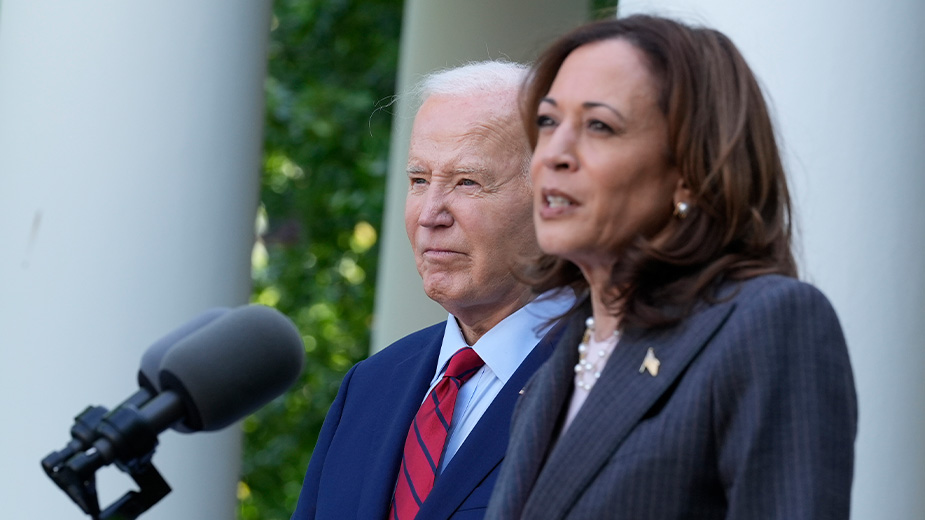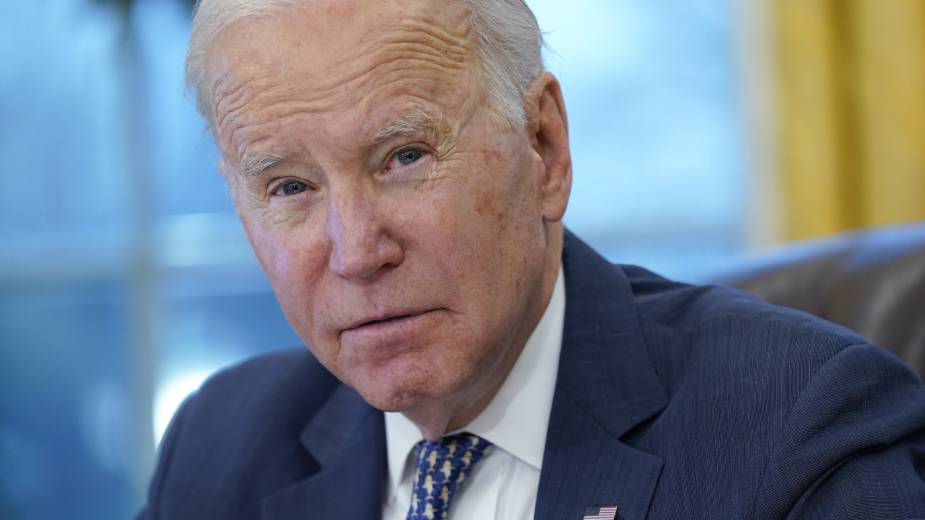Commentary: Ryan and the Valley Win Despite His Loss
YOUNGSTOWN, Ohio — Exactly how do you define victory if you got one-third of the votes, the snarky columnist asked Tim Ryan during a conference call with local reporters Nov. 30.
Ryan began the call by stating his two-week campaign that failed to unseat Nancy Pelosi as House minority leader “shaped the national message of where the Democratic Party needs to be on economic issues … In that regard, this is a victory,” he said.
To the columnist’s question, which came about 20 minutes into the call, he answered, “I’m not here to sugarcoat it. … In politics and the world of media, victories come in different ways.”
So let’s count the ways Ryan won.
First, the media victories: Ryan obviously elevated his national (and statewide) profile by doing dozens of network, cable news and newspaper interviews. And he recast the Mahoning Valley’s political profile from a region that sent a mobbed-up clown to Congress to one represented by a measured spokesman more in tune with the needs and anxieties of blue-collar, middle-class and millennial voters than his party’s establishment, past (Clintons) and present (Pelosi).
Given the political makeup of his district — ground zero for 35 years of deindustrialization and 50,000 lost jobs — the national media’s woe-is-Youngstown narrative turned the page with a thoughtful protagonist. There was our next generation congressman leading by the Valley’s example, telling how to renew and galvanize a Democratic Party that surrendered to Donald Trump the linchpin of Franklin Roosevelt’s New Deal coalition, forged here as much as anywhere in the darkest days of the Great Depression.
Now, as events begin to unfold under a Trump Administration and Republican-controlled Congress, Ryan’s voice – and by extension the voters he represents – is likely to be further amplified by cable news programs as they tap the Valley’s congressman to provide “balance.” Consider that a triumph over the national media’s past practice of beaming up Jim Traficant’s one-liners for laughs (at our expense).
The commentariat, the talking class that missed Trump’s Electoral College tidal wave, characterized Ryan as an “upstart” challenger to Pelosi. As expected, the refrain became he’s a backbencher, his legislative record slim, his lack of previous interest in caucus leadership questionable and his actual intentions a matter for speculation. Still, in the media run-up to the leadership election, the pundits got it right; Pelosi won the inside game. But the 43-year-old Ryan won the political victory, they agreed, inside and outside the Beltway.
Ryan and the 63 colleagues who voted for him put Pelosi on notice — think about retirement. Within hours of the votes being counted, she caved and agreed to implement most of the power-sharing reforms he proposed. And most significant, Ryan correctly diagnosed Democrats as a “coastal party” dominated by elites who fail to identify with voters in the red states that make up the Electoral College majority. He told how his party’s reliance on interest-group demographics blinded Hillary Clinton’s campaign – and the Democratic Congressional Campaign Committee – to what James Carville famously advised Bill Clinton’s campaign in 1992: “It’s the economy, stupid.”
Ryan’s leadership campaign, in effect, reflected the political turning point the nation and the Democratic Party reached Nov. 8.
Assuming they find the ways and the means, can Democrats reclaim the populist ground that Trump seized?
Can Ryan break out of the restraints imposed by his party’s minority status in Congress and advance the policy and candidate recruitment agenda he advocated when challenging Pelosi?
Now his path forward gets tricky.
Ryan’s next step is to run for Ohio governor in 2018, pronounced the panel on MSNBC’s Meet the Press Daily Dec. 1 as they took inventory of all the ways Pelosi lost the message battles. He ran for minority leader “so they can’t say he’s a Pelosi Democrat,” concluded Chuck Todd, program host and NBC political director.
That same day, the local press (including The Business Journal) followed up on Ryan’s loss with stories that echoed fears sounded by the snarky columnist as soon as he announced his challenge of Pelosi. What if she retaliated by removing him from the House Appropriations Committee? What would that mean for the future of General Motors Lordstown, America Makes, grant funding for Youngstown State University and such? Ryan replied that taking away his prime committee assignments is not in Pelosi’s best interests.
Meanwhile, the Plain Dealer and other news organizations described Ryan as acting “coy,” once again, about whether he will run for governor.
What he does next, Ryan explained on the Dec. 1 conference call, depends on the policies Trump and congressional Republicans try to implement, any maneuvering room House Democrats can claim to push back and how a statewide campaign would affect his young family by keeping him away from home even more than he is today.
Sounds reasonable and measured.
Yesterday morning, as the Meet the Press panel of pundits questioned why two-thirds of the House Democrats – about the same number of members who represent coastal states — stuck with Pelosi, the consensus was not in her favor. The caucus has lost 63 seats since 2010, Todd emphasized. “Just look at the metrics. [The leadership] didn’t earn the right to stay,” he said.
Pelosi won the battle but lost the political and media wars.
Ryan took a big risk and came out a winner.
Copyright 2024 The Business Journal, Youngstown, Ohio.


